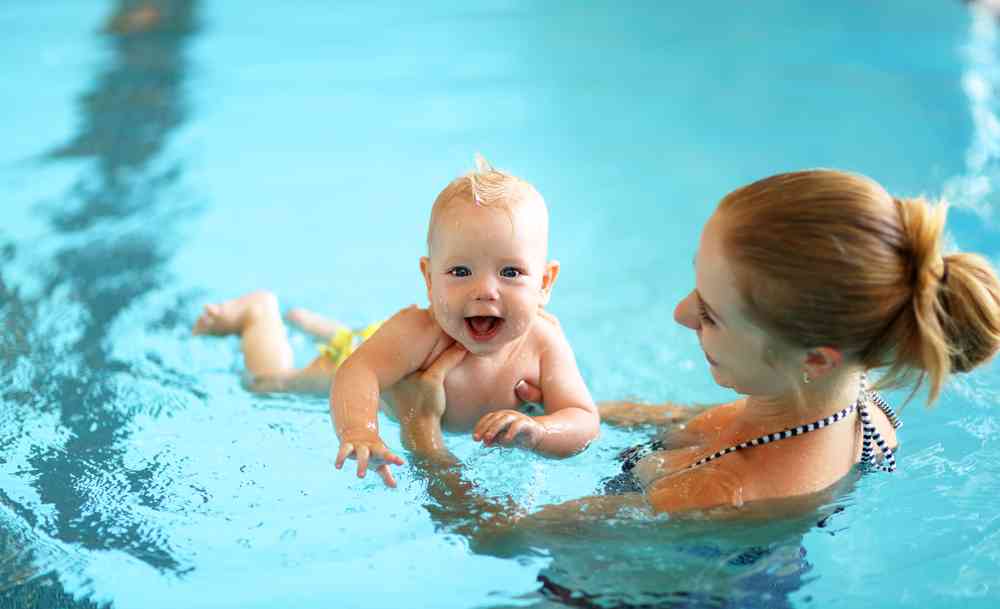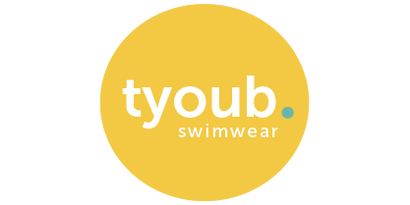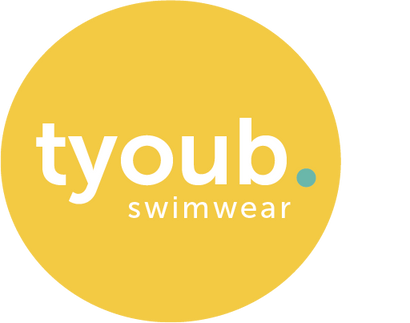'OFB20' Further 20% OFF Sale | free shipping Australia wide
'OFB20' Further 20% OFF Sale | free shipping Australia wide
Accessories
Check out our full lineup of yoga accessories to help you with your daily meditation practice and fitness goals...
Try our new Cork Yoga Brick for soft but solid support
Check out our full lineup of yoga accessories to help you with your daily meditation practice and fitness goals...

When Should My Child Start Swimming Lessons
4 min read
Some parents choose to delay the start of their little one’s swimming education, and think that their backyard pool will suffice in their aquatic development more than structured classes. Having a backyard pool should be even more incentive to get a child into a Learn To Swim program, as data shows the highest drowning rates are in urban swimming pools.
It is known that unintentional drowning varies with age, and that children between the ages 0 – 4 are more likely to drown in pools, bathtubs/toilets/buckets and falling into open water (lake, river, pond). Research shows the drowning event was least often witnessed in the 0 – 4 year old age group, as no-one was around when the child fell into the water. There is no splashing and screaming, toddlers just sink very fast.
Tragically the typical scenario is that, when the child is discovered and retrieved from the water, a resuscitation might be possible. The emergency services are called and life saving care given, however once admitted to hospital the child dies. An average of 30 children over the past 10 years, under the age of five drown each year in Australia.
But with many unfortunate accidents occurring in Australian waters for kids aged 0-17, it’s easy to see why structured classes are important in our water-loving nation. Most children age 4 years and older can learn to swim, at the very least propel themselves to the surface and get to the edge to hold on or find a step to get out. Many incidents occur when children are left in the water unsupervised, so having your child take part in swimming lessons will provide them with a protective barrier against an unfortunate occurrence.
Actively supervising babies and toddlers means holding them in water and never being out of arms reach near the waters edge. Don’t rely on water wings, foam vests or noodles to keep children safe. Young children can drown in as little as 25 seconds, when near water Ignore your PHONE.
A common questions asked by parents is “when should my child start swimming lessons?” A better question to ask is “Which swimming club should we start at?” Many swim programs offer lessons from baby to adult. As a mother to 3 girls I learnt CPR and did a basic First Aid course for children, I can highly recommend doing this, when it comes to drowning doing something like chest compressions, mouth breathing and the basic ABC is always better than doing nothing.
When To Start Swimming Lessons?
Given Australia’s beach-loving lifestyle, the likelihood that a child will be exposed to a water environment is very high. If you live near the beach or lake, or lucky enough to have a pool, you already have a good reason for wanting your kids to be confident in the water from an early age. However, it is recommended that your child begins independent swimming lessons around the ages of 3-4 years for a variety of reasons.
These include:
- A Child’s Ability to Understand Instructions: Although we know infants are too young to learn complex and formal skills such as strokes, experience in swim programs bears witness to toddlers and infants being able to swim from an early age. Babies in water will instinctively close their mouths and produce propelling motions to get themselves through the water. For these reasons, most swim schools will say that the younger the child begins swim lessons, the better. For infants aged 0-18 months, there is a natural association between the fluid environment in the womb and immersion in water. From the viewpoint of the instructor, this natural ability for the child to swim is seen to decrease between birth and 1 months, and to decrease a further amount between 18-24 months as toddlers near the “terrible two’s” phase when it can become very difficult to teach breath control and water awareness. An interactive, creative swim program can help overcome such obstacles inherent in the developmental swimming stage.
- Beginning Too Early Can Create Complacency: Early swimmers can become overconfident. For this, a parent must remember their supervision responsibilities. This rule applies even if your child is attending lessons.
- Swallowing Water and Illness: Kids are at a higher risk of getting sick from swallowing too much water. Water intoxication can be a serious issue when babies are taught with repeated, forced submersions/back floating where kids end up crying or gagging. It’s important that your child takes part in a program that teaches gentle, gradual child-paced curriculums. They should follow safe teaching guidelines and the above issues shouldn’t be a concern. The popularity of the swimming program is always a good indication of how the confidence of other parents taking their kids to that program.
- Dry Drowning and the signs to look for: medically known as submersion injuries, it is caused from inhaling a small amount of water into the lungs, which causes inflammation or swelling in the airways and lungs, making it difficult to breath and difficult for the lungs to transfer oxygen to the body. These delayed respiratory impairments can be prevented, and these are the signs to look out for if you’re concerned. Persistent coughing, rapid shallow breathing, working hard to breath, unusual sleepiness (lack of oxygen), vomiting or gagging, change in behaviour or forgetfulness. These symptoms can develop immediately after being in water or up to 24 hours after getting out of the water.
At any time that you’re concerned about your child, trust your instincts and call the doctor and health services. If your child is ever battling to breath head straight to your nearest emergency room.
Premium. Ethical. Sustainable. Kids. Swimwear.
Tyoub, eco-friendly swimwear brand based in Melbourne, Australia. Offering reusable swim nappies for toddlers and babies. The best bathers and swim togs for children. Year round swim essentials to help parents navigate weekly swimming lessons and hassle free holidays. Conscious swimwear made with recycled polyester motivated by marine conservation.

